1006 Morton Street
Baltimore, MD 21201
410.576.9131 | RW1haWw=
October 28 2009
Solar Decathlon 2009: Team Germany and the benefits of Imagination
Solar Decathlon 2009 is over and Technische Universitat Darmstadt (Team Germany) has done it again! With a score of 908 out of a possible 1,000, Team Germany clinched the win by just 11 points over the University of Illinois at Urbana-Champaign. A tight race between the two Passive Houses. The peloton came in farther behind with some teams excelling and others falling victim to various technical or strategic shortcomings. In general, the competition was more heated than years past from my perspective, with the level of sophistication in architectural, engineering, and marketing terms building solidly on the past three competitions.
So the question is, how did Team Germany manage to pull off a second win in this highly competitive environment? Is it nebulous ?German precision? or something more? It appears that Team Germany, based in a wealth of technical and architectural expertise, created a house that took most advantage of the rules and weather on the National Mall. At the same time and to the benefit of the Decathlon, Team Germany, gave the general public a peek at the next generation of plus energy houses.
The key to winning the Decathlon is, not surprisingly, the Sun. A house's ability to collect and effectively manage solar energy is linked directly to seven of the decathlon contests, making 750 points dependent on the solar strategy. Even those contests not overtly tied to solar energy are affected profoundly by the impetus behind the competition - 'to design, build, and operate the most livable, energy-efficient, and completely solar-powered house'. It is only natural then to see teams designing projects which react in one way or another to the sun. Pitched roofs, angled roof racks, collector facades, and many other strategies are designed to gulp as much solar radiation as possible. The benefits for teams who have excess capacity are contest winning because they are able to rack up points in contests where energy use is required. The consequences for those who do not generate enough are catastrophic as seen in the performance of teams such as the otherwise excellent Team Louisiana (full disclosure... this is my home town team).
With that in mind, Team Germany's strategic approach to the competition, their second after winning in 2007, was to maximize their solar collection capacity - building directly on the competition's mission and strategically paving the way for wins in several of the less conspicuous contests. In total, the house had a 11.1 kW PV system spread over about 2,200 square feet counting the entire roof and all four elevations excluding glazed southern openings and two doorways on the north and east. For the purposes of creating the most exterior surface area possible, the house nearly maximized the amount of height, width and length allowed in the competition's guidelines. The strategy put Darmstadt out in front in terms of the sheer amount of radiation striking the building's surface and had the added benefit of making the house, arguably, the most spacious house on the mall.
Team Germany's tactic did not stop there however. Based on past experience from the 2007 Decathlon and planning for buildings in dubiously 'sunny' Germany, the team chose to risk some PV efficiency in an effort to prepare for stormy weather. As their design manual states, the German designers were able to imagine, backed up by experience and analysis, a scenario where the Solar Decathlon turned into the Rainy Decathlon and make design decisions to suit. Specifically, this meant that Team Germany put their 40, 18% efficient, single-crystalline roof mounted PV panels at 0°, which amounts to a sacrifice in collection energy of 16%. The roof mounted panels are most efficient at absorbing direct sunlight so this amounts to a major sacrifice on sunny days. The tradeoff is that with no angled roof panels, the exterior walls can come up that extra distance to the allowed 14', a gain of two to three feet on all sides of the house. Taking advantage of the extra exterior wall area, Team Germany mounted nearly 250 thin film Copper Indium Gallium Diselenide (CIS) PV panels on the vertical facades. Thin film is not nearly as efficient as crystalline PV panel technology, only 11% efficient, but can absorb a significant amount of energy during diffuse light conditions. The two types of PV work hand in hand on the Darmstadt house. The roof slurps sunlight when the sun is shining, and the facades sip diffuse radiation when it is cloudy. The strategy allows the house to generate energy during both conditions with one technology offsetting the limitations of the other.
It is to Darmstadt's credit that they were able to imagine and design for multiple weather conditions. All the houses do this in one way or another, but the German house takes the approach to a new level. Luckily for Team Germany the weather turned out to be awful for a good portion of the week which gave them a significant advantage over other houses. As for my home town team of University of Louisiana at Lafayette, I can only guess that their energy balance analysis did not take into account an extended period of rain. Such conditions are very unusual in Louisiana and maybe that accounted for the ill preparedness. In the end Germany generated nearly three times the amount of energy needed to run the home and used that wealth of electricity to shine in a number of contests.
At the same time, all of this photovoltaic equipment comes at a high price, as noted on Elizabeth Evitts Dickenson?s blogpost, Solarama!, in Metropolis. The final cost bracket for Team Germany is over $850,000 which makes it impractical to implement on a large scale. Darmstadt presents a compelling vision for the future, but at this time another solution is needed to affect widespread change. One clear example is the University Illinois. Their home was built for around $300,000 and just barely lost the competition. Interestingly, both Germany and Illinois designed their house to meet Passive House standards (Illinois actually received certification through PHIUS).
So is it feasible or ethical to clad all our new 'energy plus' buildings in photovoltaics? Maybe so. Maybe not. But it is a good way to win a Solar Decathlon. We should all design this cunningly so that our own projects perfectly suit the 'rules' of our local environments.
Recent Posts
Reimagining Harborplace to Create Space for Both Private Development and Expanded Public Space » Lawyer's Mall Reconstruction Progress » Confronting the Conventions of Customary Practice » Reconceived Facades: New Roles for Old Buildings » Ivy Bookshop Opens for Business! »
Categories
Yellow Balloon Baltimore » Products + Technology » Industry + Practice » Other » Architecture »
Links
Organizations
- USGBC Baltimore Regional Chapter »
- AIA - American Institute of Architects »
- USGBC »
- The Walters Art Museum »
- Green-e »
- Center for Building Performance and Diagnostics (CMU) »
- Green Globes »
- Prefab Lab (UT) »
- Center for Sustainable Development (UT) »
- Architecture 2030 »
- Bioneers »
- Street Films »
- FreeCycle »
- Chesapeake Bay Foundation »
- Archinect »
- BD Online - The Architects Website »
- National Wildlife Foundation »
- Natural Resources Defense Council »
- Overbrook Foundation »
- Merck Family Foundation »
- Ecology Center »
- New Building Institute »
- Neighborhood Design Center »
- The Leonardo Academy »
- ZigerSnead Architects LLP »
- The Rocky Mountain Institute »
- Urban Habitats »
- ACORE - American Council on Renewable Energy »
- Parks and People Foundation of Baltimore »
- Open Society Institute of Baltimore »
- Natural Capital Institute »
- Passive House US »
- Svanen Miljomark »
- Green Restaurant Association »
- Rocky Mountain Institute »
- Green Exhibits »
- Green Roundtable »
- John Elkington - SustainAbility »
- SustainAbility »
- Building America »
- Endangered Species Program - Fish and Wildlife Service »
- Congress for the New Urbanism »
- Urban Land Institute »
- Cool Roof Rating Council »
- Montgomery County (MD) Public Schools Green Building Program »
- National Institute of Standards and Technology Software »
- Scientific Certification Systems »
- Community Greens »
- CBECS »
- CASE - Center for Architecture Science and Ecology »
Interesting Sites
- The Ecologist »
- Treehugger »
- Grist »
- WIRED »
- Planet Architecture »
- MiljoBloggAktuellt - Environmental News Blog (Swedish »
- Sustainable Design Update »
- Eikongraphia »
- World Architecture News »
- The Cool Hunter »
- Design Center »
- ZEDfactory »
- Architen Landrell Associates Ltd. »
- Environmental Graffiti »
- businessGreen »
- Best Green Blogs Directory »
- Groovy Green »
- EcoGeek »
- Urban Ecology »
- Locus Architecture »
- Urbanite »
- A Daily Dose of Architecture »
- Adaptive Reuse »
- Audacious Ideas »
- Big Green Me »
- NOTCOT »
- Sustainable Baltimore »
- Thoughts on Global Warming »
- Green Maven »
- WorldChanging »
- Go For Change »
- Building Green »
- Home Energy Magazine »
- Home Energy Blog »
- FEMA Map Service- Federal Emergency Management Association »
- Architectural Graphic Standards »
- E-Wire »
- Post Carbon Cities »
- Alt Dot Energy »
- Whole Building Design Guide »
- B'more Green »
- EJP: Environmental Justice Partnership »
- Baltidome »
- OneOffMag »
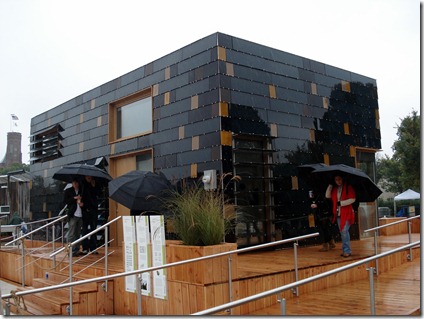
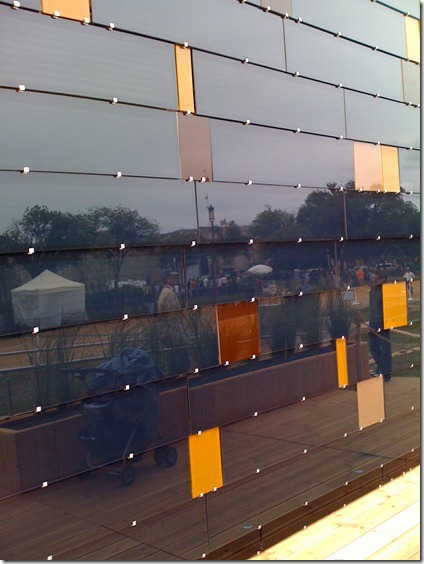
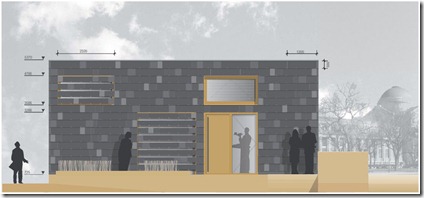
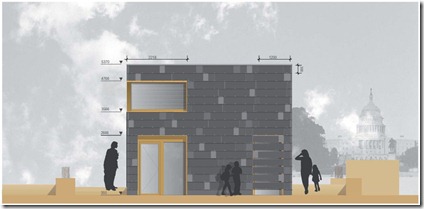
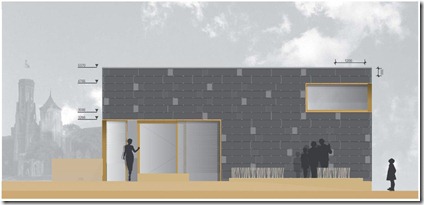
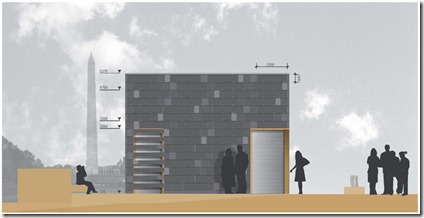
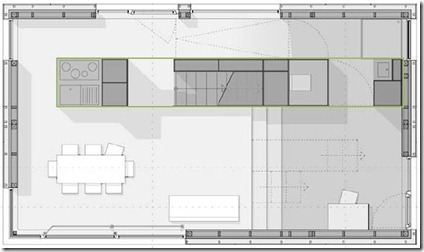
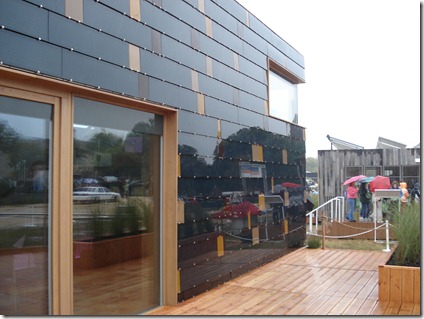
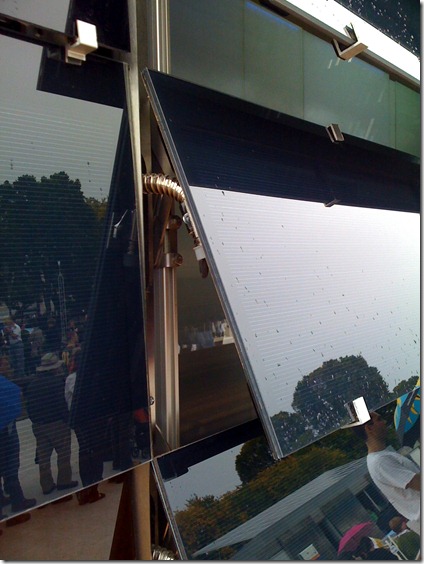
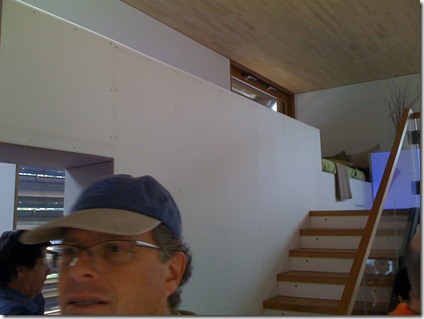
November 6th, 2009 at 10:44 PM
Greenline » Solar Decathlon 2009: Thin is in with Vacuum Insulated Panels (VIPs)
[...] series reviewing the competition, technologies and products at the 2009 Solar Decathlon. See Team Germany and the Benefits of Imagination for more about the University of Darmstadt [...]